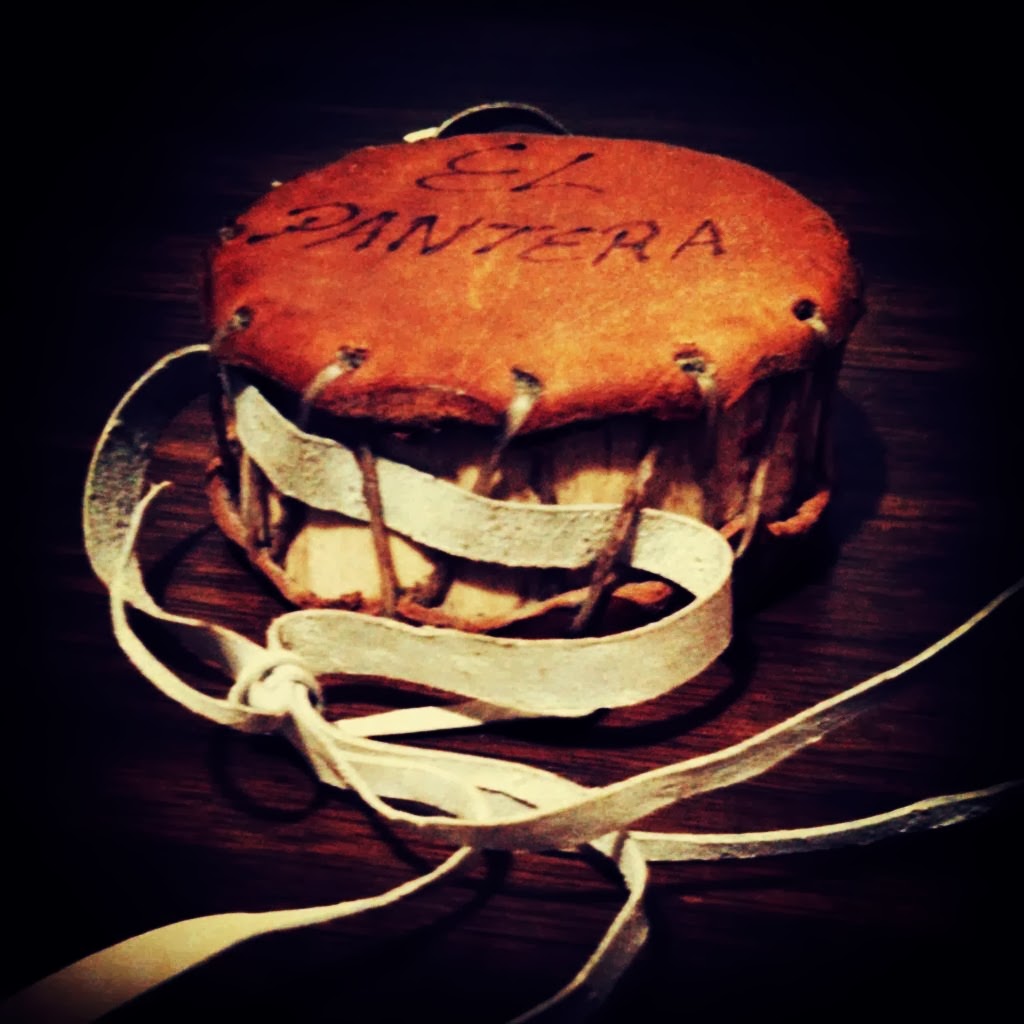»»»
*Artesano: Pápago
*Etnia: Pápago (Tohono O’otham)
*DimAprox: 11.5x9.5cm / 4.5x3.75inch
*Explicación en Español [ES] Abajo
*English Review [EN] Below
»»»
[ES] v v v v v v v
El Pueblo Pápago se autodenomina “Tohono O’otham”, que significa “La Gente del Desierto”; es una Etnia Bi-nacional ubicada en el Estado de Arizona en E.U.A. y en el Estado de Sonora en México, en los municipios de Altar, Caborca, Plutarco Elías Calles, Puerto Peñasco, Sáric y Sonoyta.
Esta hermosa pieza es una billetera hecha a mano a base de piel y cuero animal; tiene dibujado en ella el Símbolo Pápago conocido como “El Hombre en el Laberinto”, el cual es un emblema importante de la Etnia en la actualidad, ya que hace importantes referencias a distintos mitos y creencias de su cultura. Existe un documento jesuita anónimo de 1764 escrito por misioneros españoles llegados a territorio indígena, donde hacen referencia a una casa en forma de laberinto dibujada por los nativos en la arena, lo que hace constar que el tema cultural del laberinto es de antaño y que el actual diseño guarda cierta similitud con aquel.
De tal manera, se desconoce la antigüedad y procedencia original, sólo existen investigaciones etnográficas que apuntan a que el símbolo moderno data de principios del siglo XX, donde se empezó a utilizar en la cestería de la Etnia.
Este símbolo tiene en una de sus principales interpretaciones representar el viaje de una persona por la vida y su camino espiritual: partida, prueba y retorno. Los cambios de dirección se dice que representan las decisiones tomadas en la vida, y el centro donde inicia el viaje de regreso desde las tinieblas hacia la luz.
Otra bella Obra de Arte Indígena para compartir.
»»»
[EN] v v v v v v v
The Papago Village named by itself " Tohono O'odham ", that means " People of the Desert", is a Bi-National Ethnicity located in the State of Arizona in the U.S. and in the State of Sonora in México, in the municipalities of Altar, Caborca, Plutarco Elias Calles, Puerto Peñasco, Saric and Sonoyta. This beautiful piece is a handmade wallet made with animal leather, with a symbol on it known as "The Man in the Maze", which is an important symbol of the Ethnicity because it makes important references to various myths and beliefs of their culture. A Jesuit anonymous document of 1764, written by Spanish missionaries who arrived to Indigenous Territory, makes a reference to a house shaped maze drawn by natives in the sand, which notes that the cultural theme of the labyrinth is old and that the current design has similarity to the older one.
Thus, the original provenance and his antique is unknown, there are only ethnographic researches to suggest that the modern symbol dates to the early twentieth century where it was first used in basketry of Ethnicity.
This symbol, in agreement with one of the main interpretations, represent a person's journey through life and his spiritual journey: departure, test and return. The changes of direction represent decisions in life, and the center, is where you start the return journey from darkness into light.
Definitely, another beautiful work of Indigenous Art to share with you.
»»»


+-+@ruben3k.jpg)

+-+@ruben3k.jpg)












